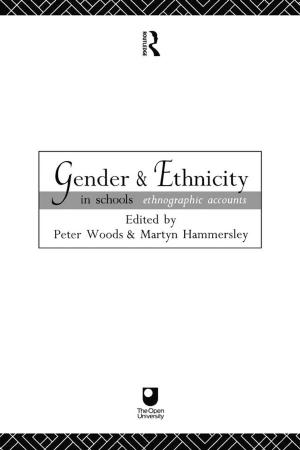Story Sensei Heroine's Journey worksheet
Make your story resonate emotionally
Nonfiction, Reference & Language, Language Arts, Writing & Publishing, Writing Skills, Composition & Creative Writing, Reference| Author: | Camy Tang | ISBN: | 1230000284174 |
| Publisher: | Camy Tang Books | Publication: | December 5, 2014 |
| Imprint: | Language: | English |
| Author: | Camy Tang |
| ISBN: | 1230000284174 |
| Publisher: | Camy Tang Books |
| Publication: | December 5, 2014 |
| Imprint: | |
| Language: | English |
Make your character’s story arc resonate more emotionally with readers.
What is the Heroine’s Journey?
Joseph Campbell originally wrote about the Hero’s Journey in his book, The Hero With a Thousand Faces, as a psychological analysis of the classical myth formula. Maureen Murdock took Campbell’s work, her own psychology experience, and other psychoanalytical writings and world myths to develop The Heroine’s Journey for women.
Often, a male and female character will respond differently to conflict in a story because culture and time period will affect a character differently due to gender. As a result, their internal story arcs will differ according to gender, also.
Whether in romances or women’s fiction, often a heroine’s story arc is more about internal awakening as opposed to the “quest” style of the Hero’s Journey. This makes the Heroine’s Journey a good template for a heroine’s story arc.
If readers comment that there’s “something off” with a character’s story arc, the Heroine’s Journey applied to a heroine will often make her story more psychologically resonant and satisfying for a reader.
How this worksheet can help you:
This worksheet consists of the Heroine's Journey explained in detail, questions for you to answer about your heroine, and examples to explain each stage of the Heroine's Journey. It will guide you in an easy way toward applying the Heroine’s Journey structure for your heroine.
This worksheet will help you:
—Create a more emotionally resonant internal arc for your heroine
—Or change up your hero’s internal journey with one of self-discovery by applying the Heroine’s Journey to his story arc
—Fix and strengthen disjointed character development
—Manipulate and strengthen story pacing
—Keep a character’s internal arc in a forward-moving motion rather than stagnating
—Build the internal arc toward the “Black Moment” crisis
—Draw the internal arc full circle in a way that will satisfy readers
—Use the Heroine’s Journey even in a romance where there’s also a hero taking up 50% of the book
—Double-check that the external events in the story are fueling and forwarding the character’s internal arc
—Revise a synopsis or a completed manuscript
Please note: this tool is not meant to replace a synopsis because it doesn’t focus as strongly on the external events and conflicts in the story—it’s more focused on the internal events and internal conflicts of your heroine.
This worksheet was created by utilizing the compilation of information on the Heroine’s Journey derived not only from Maureen Murdock’s book, but also other psychology writings and an understanding of Joseph Campbell’s original Hero’s Journey. This newly revised edition includes extra examples for each stage of the Heroine’s Journey and more detail on previous examples.
Are you unsure why your heroine’s emotional story doesn’t strike the right chord with readers? This worksheet will help set you on the right track.
Make your character’s story arc resonate more emotionally with readers.
What is the Heroine’s Journey?
Joseph Campbell originally wrote about the Hero’s Journey in his book, The Hero With a Thousand Faces, as a psychological analysis of the classical myth formula. Maureen Murdock took Campbell’s work, her own psychology experience, and other psychoanalytical writings and world myths to develop The Heroine’s Journey for women.
Often, a male and female character will respond differently to conflict in a story because culture and time period will affect a character differently due to gender. As a result, their internal story arcs will differ according to gender, also.
Whether in romances or women’s fiction, often a heroine’s story arc is more about internal awakening as opposed to the “quest” style of the Hero’s Journey. This makes the Heroine’s Journey a good template for a heroine’s story arc.
If readers comment that there’s “something off” with a character’s story arc, the Heroine’s Journey applied to a heroine will often make her story more psychologically resonant and satisfying for a reader.
How this worksheet can help you:
This worksheet consists of the Heroine's Journey explained in detail, questions for you to answer about your heroine, and examples to explain each stage of the Heroine's Journey. It will guide you in an easy way toward applying the Heroine’s Journey structure for your heroine.
This worksheet will help you:
—Create a more emotionally resonant internal arc for your heroine
—Or change up your hero’s internal journey with one of self-discovery by applying the Heroine’s Journey to his story arc
—Fix and strengthen disjointed character development
—Manipulate and strengthen story pacing
—Keep a character’s internal arc in a forward-moving motion rather than stagnating
—Build the internal arc toward the “Black Moment” crisis
—Draw the internal arc full circle in a way that will satisfy readers
—Use the Heroine’s Journey even in a romance where there’s also a hero taking up 50% of the book
—Double-check that the external events in the story are fueling and forwarding the character’s internal arc
—Revise a synopsis or a completed manuscript
Please note: this tool is not meant to replace a synopsis because it doesn’t focus as strongly on the external events and conflicts in the story—it’s more focused on the internal events and internal conflicts of your heroine.
This worksheet was created by utilizing the compilation of information on the Heroine’s Journey derived not only from Maureen Murdock’s book, but also other psychology writings and an understanding of Joseph Campbell’s original Hero’s Journey. This newly revised edition includes extra examples for each stage of the Heroine’s Journey and more detail on previous examples.
Are you unsure why your heroine’s emotional story doesn’t strike the right chord with readers? This worksheet will help set you on the right track.



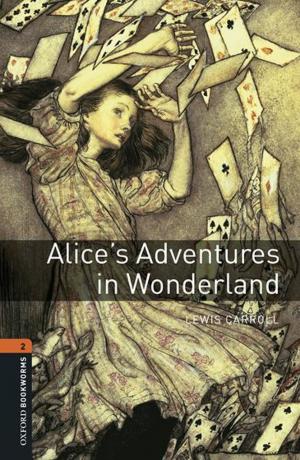

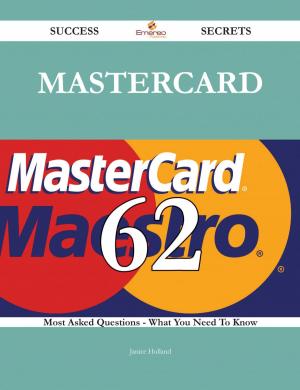

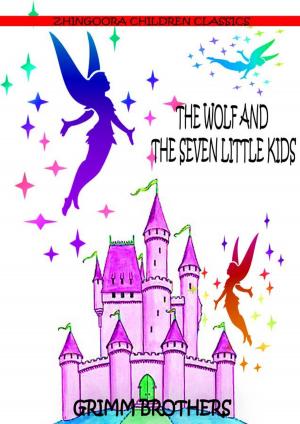

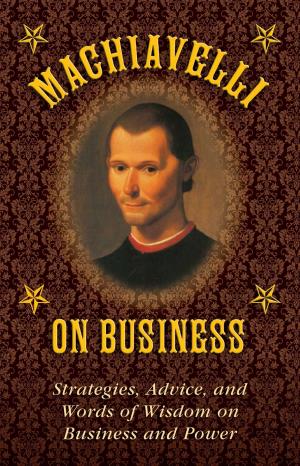
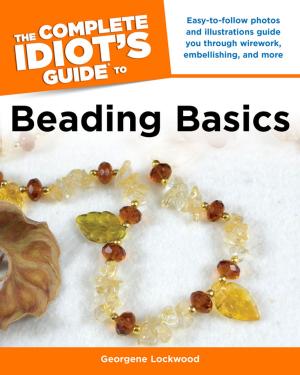
![Cover of the book The Existence of God [Christmas Summary Classics] by Camy Tang](https://www.kuoky.com/images/2012/december/300x300/1230000036240-FqBX_300x.jpg)



